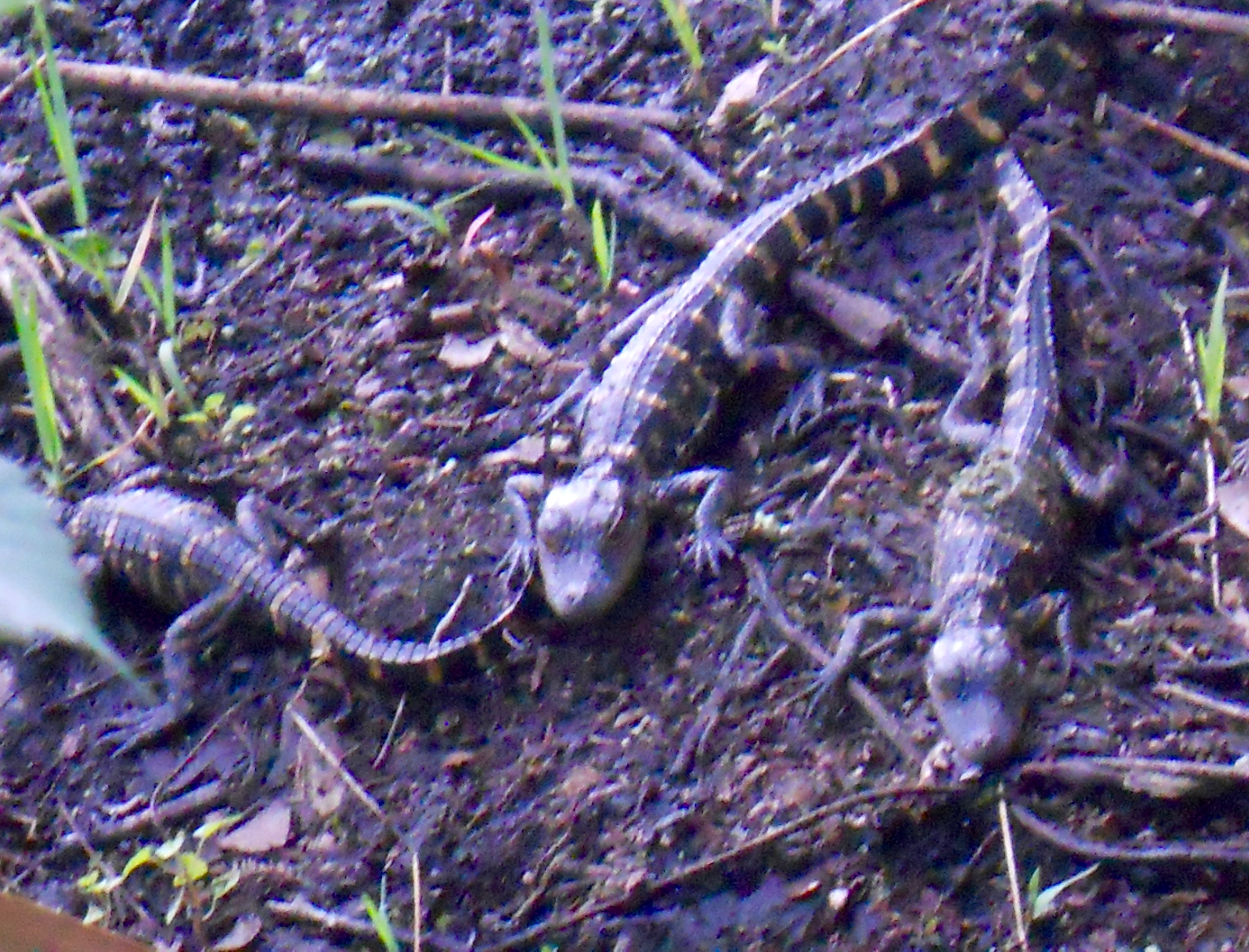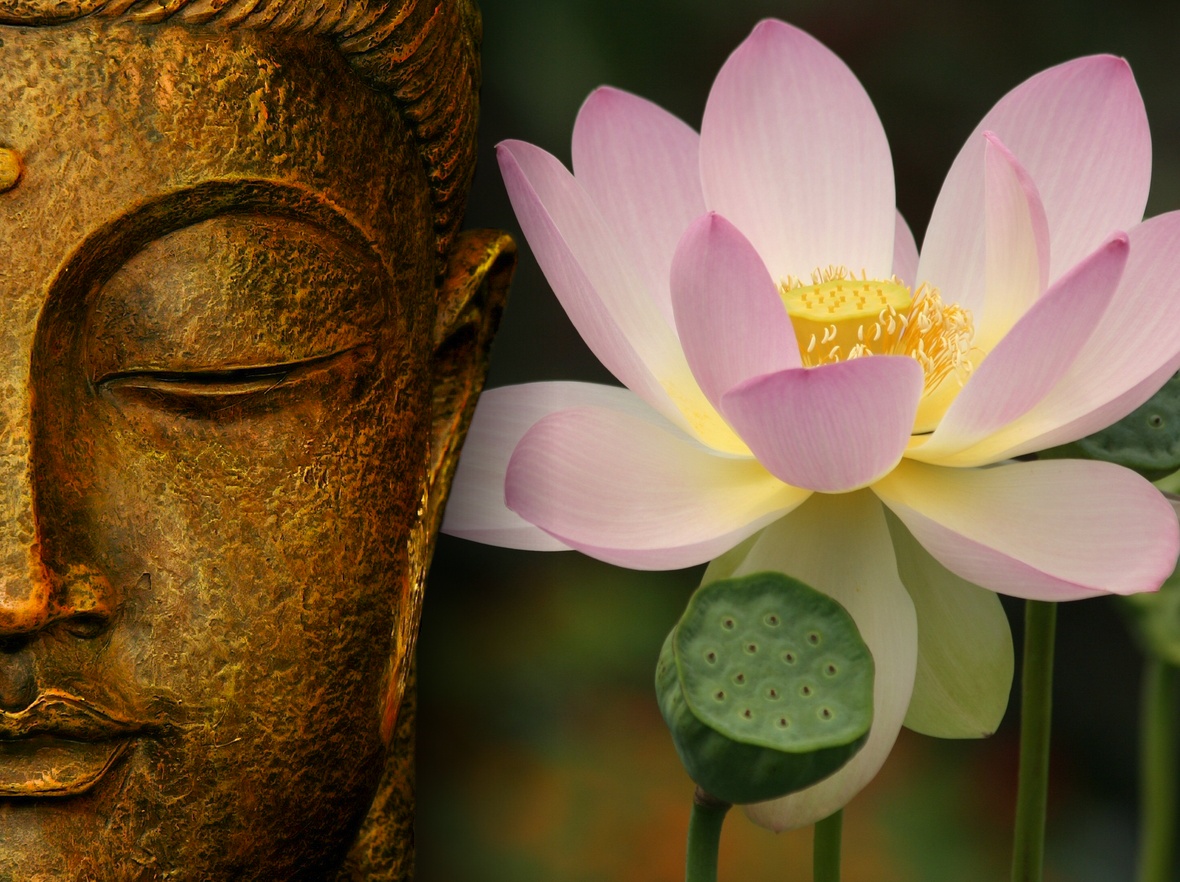I was recently meditating, at home, in the early afternoon. Outside, intense snow squalls alternated with a few minutes of sunshine. Schools started two hours late that morning because of the weather, and before meditating I had wondered if the after-school class that I was supposed to teach would be cancelled. I concentrated on my breath and soon became calm and focused and lost all sense of school and snow. Then the phone rang. My wife picked it up somewhere in the house. I couldn’t hear the conversation but knew it was the school calling about the class and I began to wonder, again, if it would be cancelled. I tried to return my focus to the breath, but couldn’t do it by increasing my concentration. So, I tried another strategy. I made my response and interest in the call the object of awareness. I simply noticed what was there, in me, without judging it. That did it. My mind calmed.
By shifting attention to what was there in my own mind and body, and being open to it, my mind became the state of openness. The result was both calm and insight.
Why do I have this drive to have an answer? To know is to hold information in mind and be able to use that information, to comprehend and own in myself. Even more, it is a drive for a concept to fit reality into, or this is one way to understand it. In the past, I thought that the drive for answers was a common and primal human drive. It was part of learning and growing up; humans were naturally driven to better understand the world and themselves—unless it was educated out of them. And putting what you knew into words to form a worldview was part of developing an identity.
You create explanations and stories to order your life. Having an explanation of any sort is often more important than its accuracy. Thus, you feel uncomfortable when you don’t-know. You take it as something missing, a lack, a hole in your universe. You then hate not-knowing, as it leads you to worry or feel anxious. Part of the joy of solving puzzles or watching a mystery movie is that, for a moment, you feel the anxiety of not-knowing, but in a controlled way. You prove to yourself that this situation can be faced and overcome. It is like an inoculation against fear. The puzzle creates just enough anxiety that by solving the puzzle you demonstrate your control over not-knowing.
But this day, I realized this explanation was not enough. I dislike not-knowing only to the degree that I am wedded to an outcome or idea, only to the degree that I cling to one answer, fear another, or think I am only capable of handling certain types of situations.
It is easy to cling to ideas, and think knowing is only about putting experiences into words. You value the memory over the “thing” or experience itself, the story about your trip to Africa in the past over the experience of a moment of your life right now. And by focusing so much on the words and explanations, you easily lose perspective on the important role not-knowing plays in your life.
There is a second type of not-knowing, an experience of your world being fully there, alive, not lacking. Every moment begins with this not-knowing. If the present moment were known and put into words, it would already be past. Daniel Siegel and other neuroscientists describe stages in the formation of emotion. The first is an “orienting response.” Brain and body systems become alerted and energized. You begin to feel. Only later is memory activated, energy directed, liking and disliking begun, emotion and meaning created. In this sense, not-knowing is a step you need to go through to learn and understand anything. It is your original contact with the world. It is a non-verbal or incommunicable sort of knowing, the taste, the touch, the joy and agony of a body twisting in space, the rush of concentrated attention.
In Buddhism, not-knowing is to perceive without preconceived ideas. It is to hold what you know lightly, and to put observation and experience before concept. It is a silence of concept mind so you can hear the world more clearly.
In the first sense of knowing, where you emphasize knowing as conceptualizing, you can miss, not fully engage in, the only moment you ever live in, the present. Your life becomes a memory, a story or explanation, and is lived almost secondhand. It is something you read about in your own mind or listen for in the words of others, not what you live each moment.
When you understand yourself in this almost secondhand manner, you cling to ideas and it is easier to get into energetic disagreements about points of view. When you think you know and have the explanation of an event, you feel in control. When you threaten a person’s explanation, you threaten their world. And when people in power and in the headlines manipulate information, say one thing and mean something entirely different, and lie repeatedly, even obviously, they are attempting to take away your power by undermining your sense that there is a clear reality out there. They can create psychological and social chaos. The lie is not just a lie. It is an attempt to undermine your sense of control over your life. It is an attempt to get you to live as if your life were a memory. With a truth, you can have a two-way conversation; a lie is an attempt to make it one-way.
To not-know in the second way, you can’t be manipulated so easily because you welcome and are fully present in your immediate experience. Thus, to be open to whatever arises in your mind, body and the world around you, and to be able to utilize both forms of knowing and not-knowing, is a revolutionary act. To face your fear and anxiety is a form of resistance to the powerful. It is to return to where all action begins and all thought is born. And that is a very powerful state.
*Two Resources Relevant to This Post:
Thinking Fast and Slow, by Daniel Kahneman
Stepping Out of Self-Deception: The Buddha’s Liberating Teaching of No-Self, by Rodney Smith




